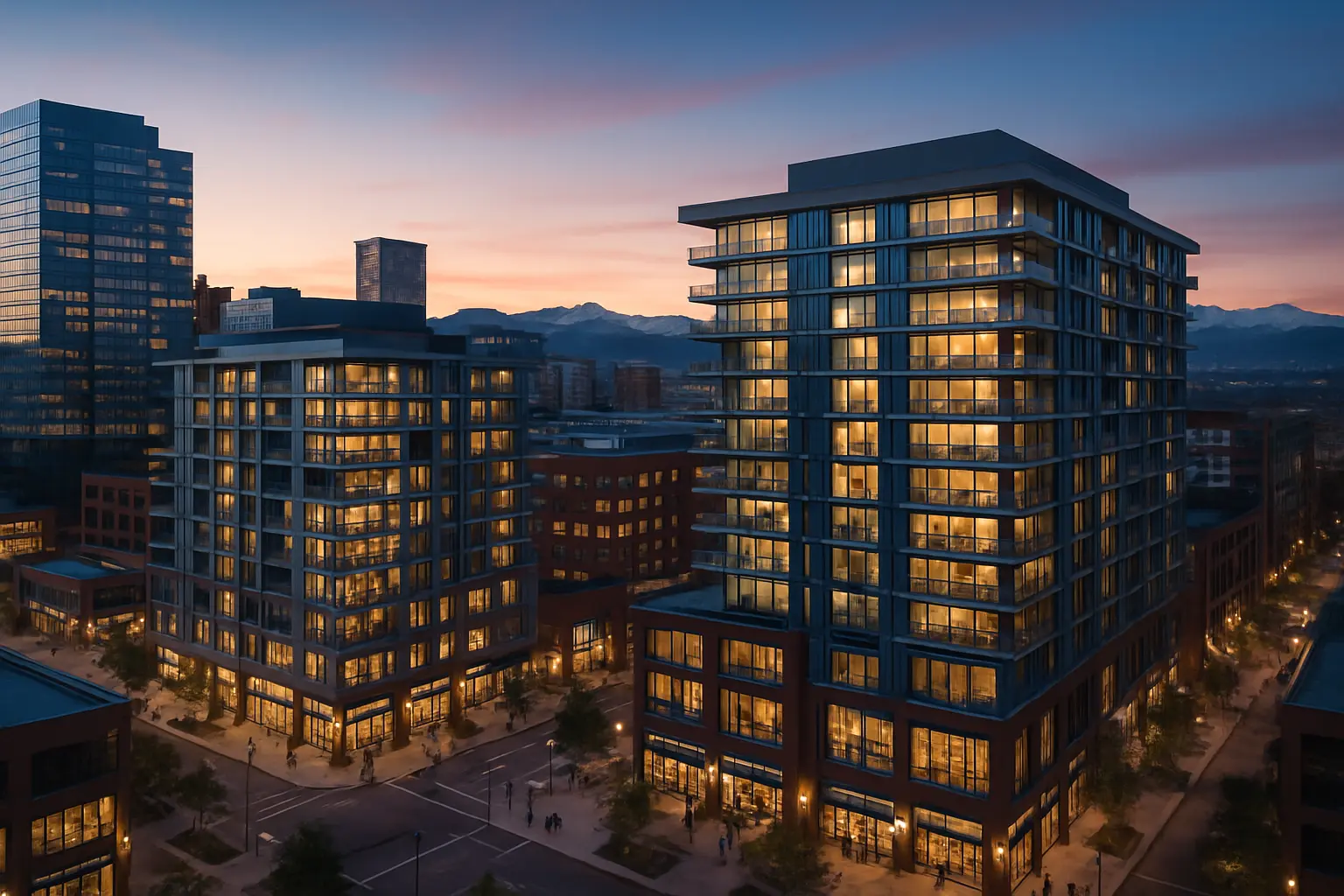The Mile-High Investment Revolution: Mixed-Use Properties in Denver
Discover how savvy investors are capitalizing on Denver's booming mixed-use developments to maximize returns in both commercial and residential sectors.

The Evolving Landscape of Denver's Real Estate Market
Denver's real estate market is undergoing a remarkable transformation, with mixed-use developments emerging as the cornerstone of urban growth. These innovative properties, combining residential, commercial, and retail spaces, are reshaping the Mile-High City's skyline and creating new opportunities for astute investors.
As population growth continues to surge in the metropolitan area, developers and investors are responding with sophisticated mixed-use projects that cater to the modern lifestyle demands of both residents and businesses. These developments are not just buildings; they're carefully crafted ecosystems that foster community engagement and economic vitality.
Strategic Locations: Denver's Mixed-Use Hotspots
Several key areas in Denver have become epicenters for mixed-use development success:
- RiNo Art District: Once an industrial area, now a thriving hub of creative spaces, residential lofts, and artisanal retail establishments
- Union Station District: A master class in transit-oriented development, combining luxury residences with high-end retail and office spaces
- Cherry Creek: Upscale mixed-use developments catering to luxury retail and residential markets
- South Broadway: Emerging corridor featuring boutique mixed-use projects with a focus on local businesses and urban living
Market Dynamics and Growth Patterns
The strategic positioning of these developments has created micro-markets within Denver, each with its unique value proposition. Investors are particularly drawn to areas with strong walkability scores and proximity to public transportation hubs.
Investment Advantages: The Mixed-Use Edge
Mixed-use properties in Denver offer several compelling advantages for investors:
- Risk Diversification: Multiple revenue streams from different property types provide natural hedging against market fluctuations
- Enhanced Property Values: The synergy between residential and commercial components often leads to higher overall property values
- Steady Cash Flow: Combination of long-term residential leases and commercial tenancies ensures consistent income
- Sustainability Features: Modern mixed-use developments often incorporate green building practices, attracting environmentally conscious tenants
"Mixed-use developments are not just changing how we build; they're transforming how we live, work, and interact as a community."
Financial Performance Metrics
Investment returns in Denver's mixed-use sector have shown remarkable resilience, with properties in prime locations reporting higher occupancy rates and stronger appreciation compared to single-use properties. The combination of residential and commercial components has proven particularly effective in maintaining stable cash flows during market fluctuations.
Positioning for Success: Strategic Investment Approaches
To capitalize on Denver's mixed-use property revolution, investors should consider these key strategies:
- Focus on locations with strong transportation infrastructure and walking accessibility
- Evaluate the tenant mix carefully to ensure sustainable long-term performance
- Consider properties with flexible spaces that can adapt to changing market demands
- Partner with experienced property management teams who understand the unique challenges of mixed-use operations
Conclusion: The Future of Denver Real Estate
The mixed-use property revolution in Denver represents more than just a trend; it's a fundamental shift in how urban spaces are conceived and utilized. For investors, this transformation presents an unprecedented opportunity to participate in the city's growth while building sustainable, community-focused developments that promise strong returns for years to come.
As Denver continues to evolve, mixed-use properties will play an increasingly vital role in shaping the city's future. Investors who understand this dynamic and position themselves accordingly stand to benefit from this revolutionary change in the real estate landscape.


